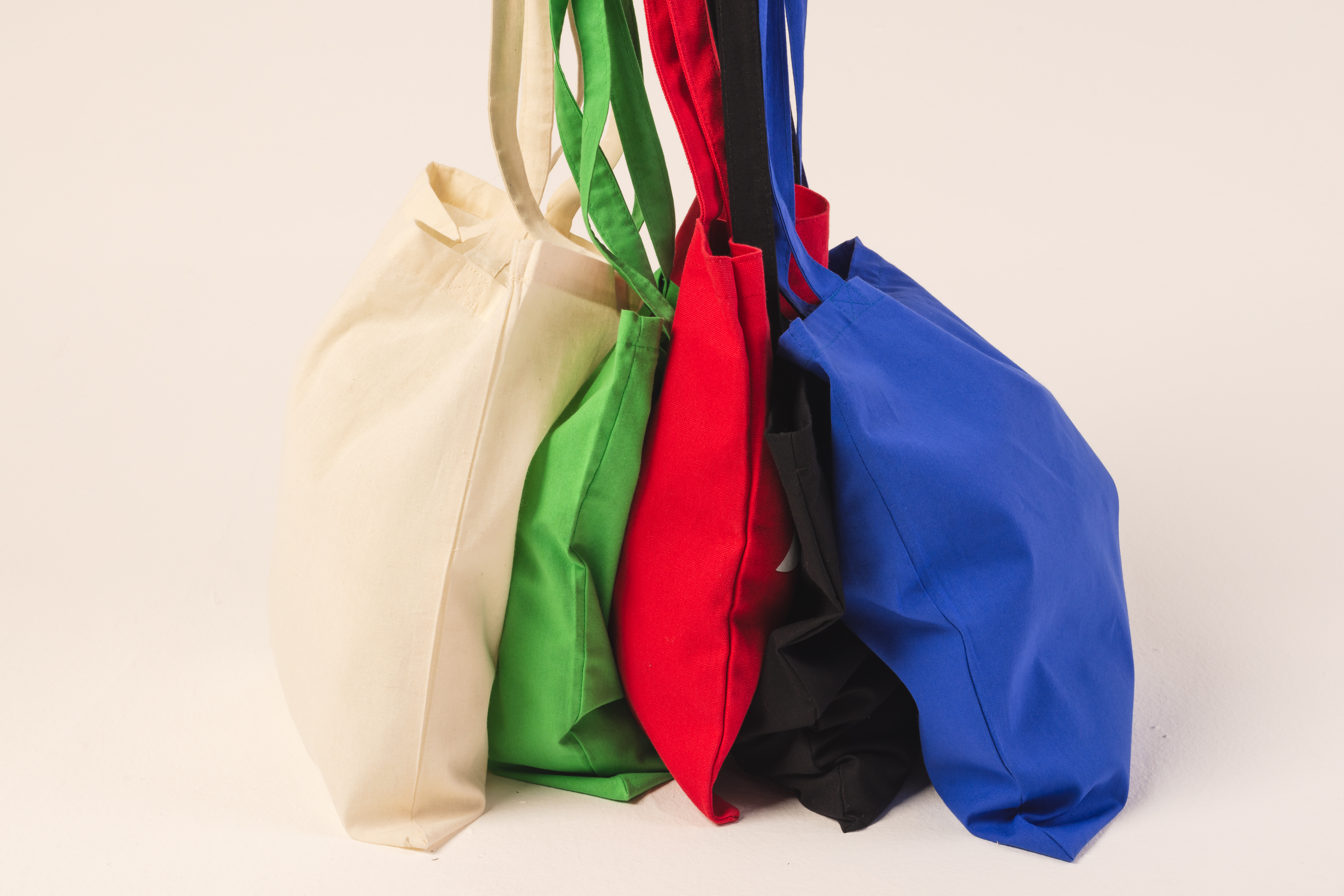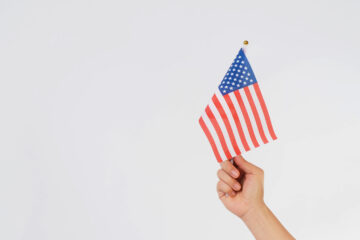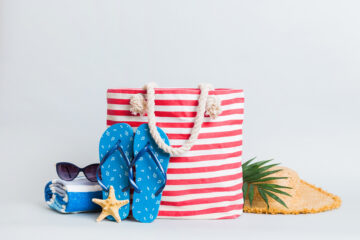Labeling, Packaging, and Compliance for Soft Goods Brands
As a soft goods brand, it can be easy to focus heavily on product design while overlooking one of the most critical steps in the product creation process: labels and packaging. These seemingly small details protect your business legally, enhance customer trust, and ensure your product is retail- and market-ready. Understanding your responsibilities surrounding soft goods labels and packaging is essential to successful business. Here’s what every soft goods brand needs to know before their product leaves the factory floor.
What’s legally required on soft goods labels?
In the U.S., labeling requirements vary depending on product types. If your soft goods fall under U.S. textile labeling laws (which many bags, accessories, and home goods do), you’ll need to include specific information as mandated by the Federal Trade Commission (FTC).
Required label elements on textiles sold in the U.S. include:
- Fiber content (e.g., “100% cotton,” “65% polyester, 35% cotton”)
- Country of origin (e.g., “Made in USA” or “Made in Mexico”)
- Manufacturer or dealer identity (company name, RN number, or both)
- Care instructions, if required under the Care Labeling Rule
- Permanent attachment that meets FTC standards (woven or printed label, not a hangtag alone)
If you’re unsure whether your product qualifies as a “textile,” review FTC guidelines or consult your manufacturing partner.
Are bags and leather goods included?
The short answer: sometimes.
Bags, wallets, leather goods, and accessories don’t always fall under the Textile Fiber Products Identification Act, but they may still require labels like country of origin and material disclosures, especially if a product is marketed as 100% leather or vegan. If your product has a fabric lining, handles, or blended materials, some or all of it may fall under labeling laws.
Even if not required by law, clear product labeling can build trust and confidence in consumers.
Are care labels always required?
If your product is apparel or a textile-based item that will be laundered or cleaned regularly, yes, care instructions are required under U.S. law.
For bags, totes, and home accessories, care labels may not be legally required but are still strongly recommended to reduce customer dissatisfaction. They help consumers maintain the product and reduce post-sale support requests.
This can be as simple as “wipe clean with a damp cloth” or “do not machine wash”. These simple care phrases and instructions point consumers in the right direction for cleaning their products.
Similar to other textile labels, care labels should be legible, durable, and sewn or heat-pressed in accordance with product use.
What about sustainability and label claims?
If your brand markets its products as sustainable, organic, recycled, or cruelty-free, label compliance becomes even more important.
To ensure your claims are legally sound and trustworthy, be as specific as possible with your labeling (e.g., “Outer shell made with 100% recycled PET”). Only use certifications and phrases that imply certification (like “Organic”) if you’re actually certified. Retailers are becoming more cautious about greenwashing, and labeling errors can lead to returned orders or legal challenges.
Packaging for Retail and Ecommerce
Packaging serves multiple purposes: protecting the product, communicating your brand, and meeting distributor requirements. It also plays a key role in sustainability and unboxing experience.
Here’s how to think about it across two primary channels:
Retail Packaging
- Include a hangtag or outer label with product name, brand, and barcode
- Be consistent across SKUs and colorways
- Fit shelf, peg, or display requirements (confirm with retailer or rep)
- Protect the product in bulk shipping environments
E-commerce Packaging
- Be lightweight, protective, and minimally wasteful
- Offer a clean unboxing experience (tissue, thank-you card, or brand insert)
- Include clear return info or QR code
- Be easy to restock or reuse, if applicable
If you sell through both channels, consider using adaptable packaging that meets the needs of each.
Labeling and Compliance for International Markets
If you plan to sell outside the U.S., labeling requirements may change significantly depending on the regions. Some countries will require multilingual labels and have different label placement rules than the U.S. Your manufacturer or logistics partner should advise on international standards, especially if your product will be sold in retail environments overseas.
What happens if you get it wrong?
Failure to comply with labeling and packaging standards can result in delayed or rejected shipments at customs. Retailers may also reject your inventory if it doesn’t have the right kinds of labels. Even small oversights, like incorrect fiber content or missing RN numbers, can lead to serious issues, especially when scaling.
Labeling, packaging, and compliance may not be the flashiest parts of your product, but they’re some of the most important. Getting these details right protects your brand, supports your claims, and ensures your product is truly ready for market.
Partner with Softline!
Softline Brand Partners helps startups and established brands navigate product development with packaging, labeling, and compliance built into the process, not tacked on at the end. Contact us to learn how we can support your next soft goods launch, from concept to compliant delivery.










